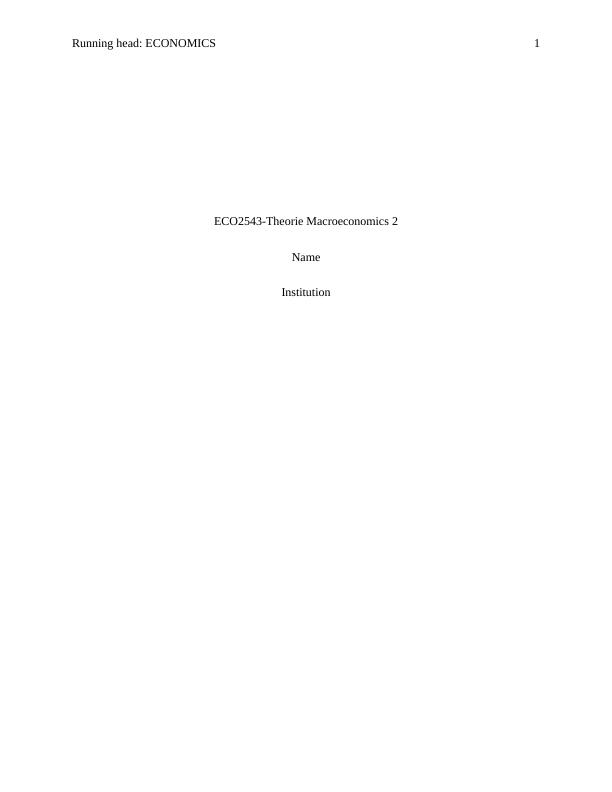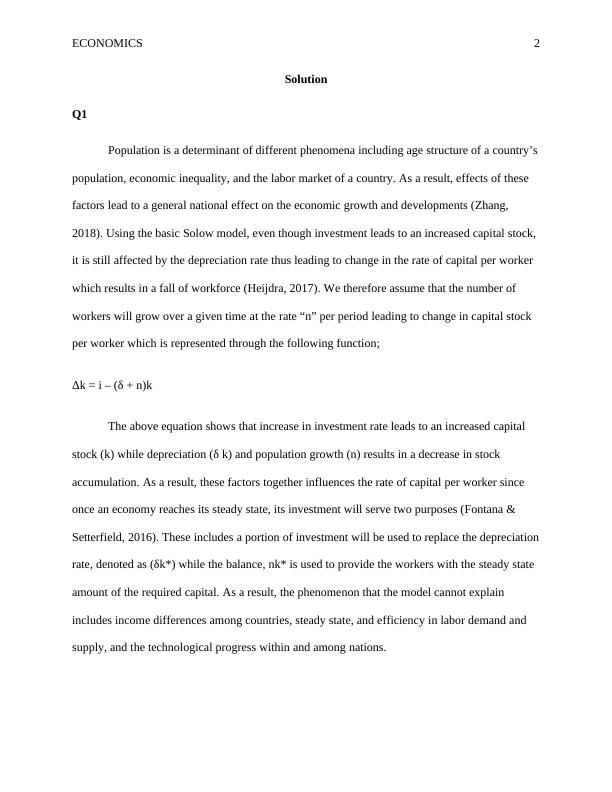ECO2543 - Theorie Macroeconomics
Expliquer le modèle de Solow avec la croissance de la population et le capital humain pour comprendre les différences de croissance, le phénomène de rattrapage pour les pays en développement et les écarts de PIB entre les pays, et donner un exemple de phénomène que le modèle n'arrive pas à expliquer.
12 Pages1771 Words11 Views
Added on 2022-08-13
ECO2543 - Theorie Macroeconomics
Expliquer le modèle de Solow avec la croissance de la population et le capital humain pour comprendre les différences de croissance, le phénomène de rattrapage pour les pays en développement et les écarts de PIB entre les pays, et donner un exemple de phénomène que le modèle n'arrive pas à expliquer.
Added on 2022-08-13
ShareRelated Documents
End of preview
Want to access all the pages? Upload your documents or become a member.
Macroeconomics Assignment (Doc)
|6
|632
|37
Economic Growth Assignment - Desklib
|8
|809
|443
IS-LM Model Investment Demand Function Shift, Labor and Investment, Tobin Q
|3
|666
|197
Intermediate Macroeconomic : Assignment
|14
|2258
|256
Economic Growth and Stability: Theory and Evidence
|11
|2417
|381
Solow’s Model of Unconditional Convergence
|7
|1645
|88




